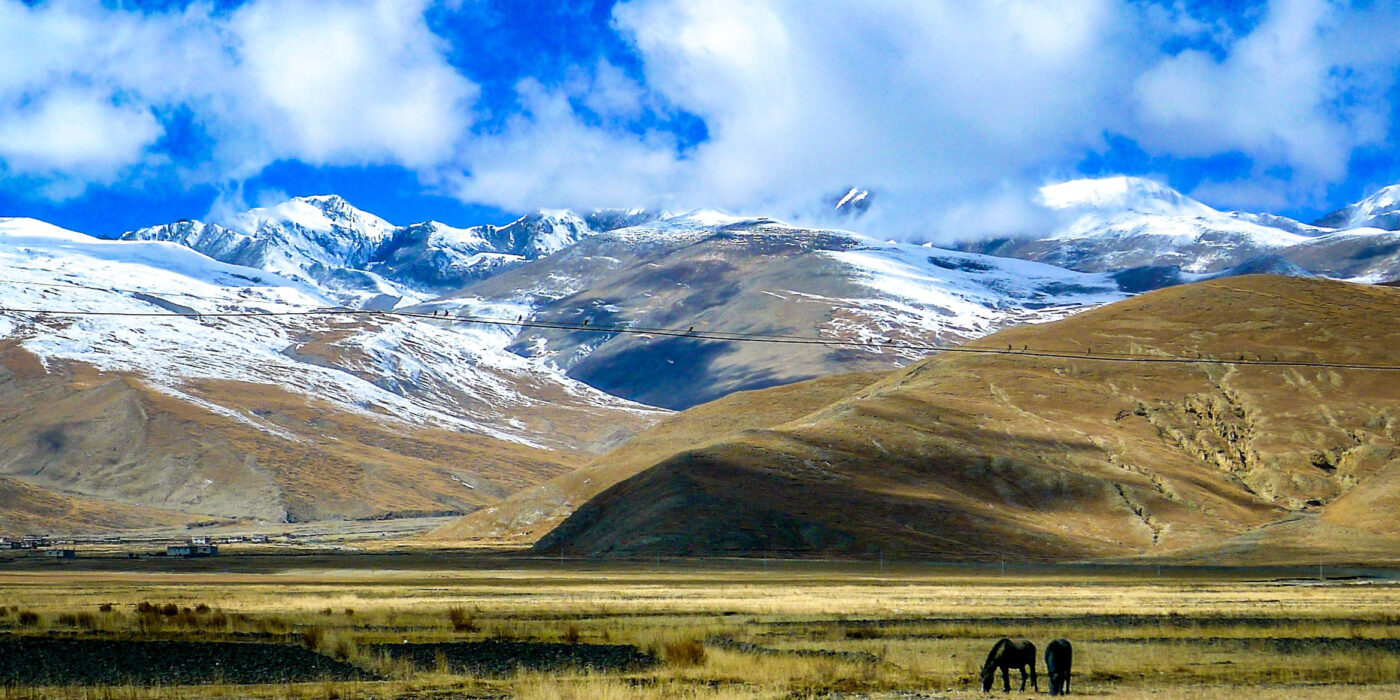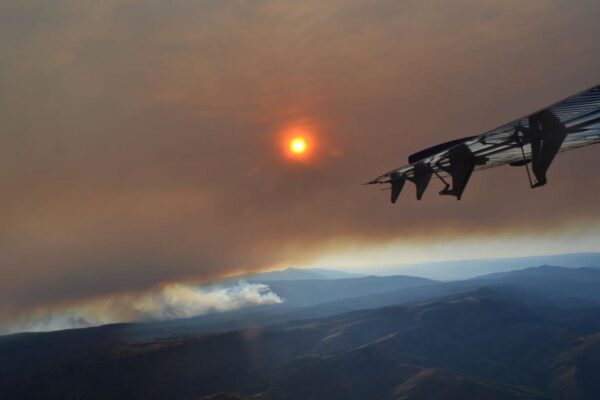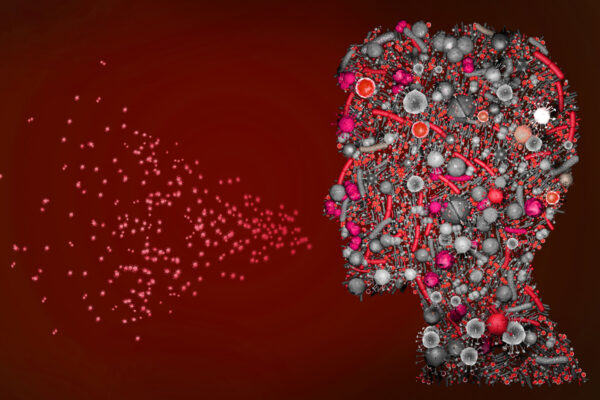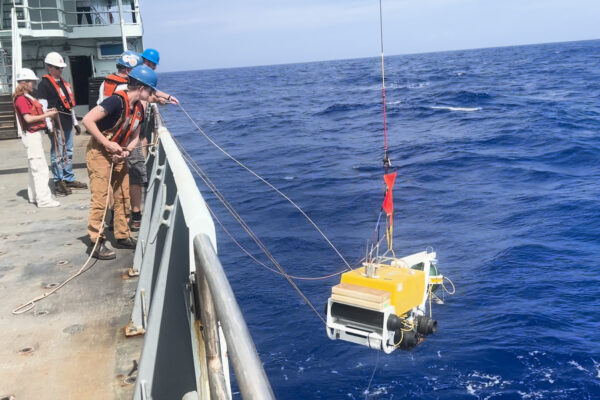Wildfires leave potent climate heaters behind in their wake, particles that enhance the absorption of sunlight and warm the atmosphere. Dropped on snow like a wool poncho, these aerosols darken and decrease the surface reflectance of snowy places.
But it was not yet understood just how different types of smoke particles contribute to these effects. In a study recently published in npj Climate and Atmospheric Science, researchers at Washington University in St. Louis model how dark-brown carbon (d-BrC) — light-absorbing, water-insoluble organic carbon — from wildfires plays a much larger role as a snow-warming agent than previously recorded. It’s 1.6 times as potent a warmer compared with what researchers previously thought was the main culprit, black carbon.
In the Tibetan Plateau and other midlatitude regions, deposition of water-insoluble organic carbon on snow have been previously recorded “but nobody really looked under the hood to investigate their snow-melting potential,” said Rajan Chakrabarty, a professor at WashU’s McKelvey School of Engineering.
Chakrabarty’s PhD student Ganesh Chelluboyina, a McDonnell International Scholars Academy fellow, and Taveen Kapoor, a postdoctoral fellow, have spent the bulk of their time at WashU taking up that challenge.
The team likens d-BrC to an “evil cousin” of black carbon, and much like black carbon, wildfires deposit it upon snow caps like switching out a white T-shirt for a dark brown poncho. These particles can’t be washed away or bleached to the point of losing their absorptivity. And when the snow loses its reflectivity and warms up, this increases surrounding air temperatures and further notches up the warming cycle.
Without accounting for d-BrC, researchers have likely been underestimating the snow melt from wildfire smoke deposition, and this research will ensure more accurate climate models and measurements.
As massive wildfires become more ubiquitous, policymakers will have to figure out how to mitigate this form of carbon to reduce anomalous snow melt. Though d-BrC absorbs slightly less light than black carbon, it makes up for it in quantity, being four times more abundant in wildfire plumes compared with BC.
The team plans to further document the real-world effects of d-BrC at work as they enter the experimental phase of research. How do you do snow-aerosol experiments without going to the field? In this case, they get a 4-foot-tall snow globe for the lab.
“We’ll be dropping atomized water droplets into the top of the chamber, creating snow, then deposit aerosols on it,” Chelluboyina said.
Chelluboyina GS, Kapoor TS, Chakrabarty RK. Dark brown carbon from wildfires: a potent snow radiative forcing agent? npj Clim Atmos Sci 7, 200 (2024). DOI: https://doi.org/10.1038/s41612-024-00738-7
This research has been partially supported by WashU’s McDonnell International Scholars Academy, the Quad Fellowship program, the WashU-IITB Joint Research and Education program, the National Aeronautics and Space Administration (grant nos. 80NSSC18K1414 and NNH20ZDA001N- ACCDAM), the National Science Foundation (grant nos. AGS-1455215 and AGS-1926817) and the U.S. Department of Energy (grant no. DE- SC0021011).



